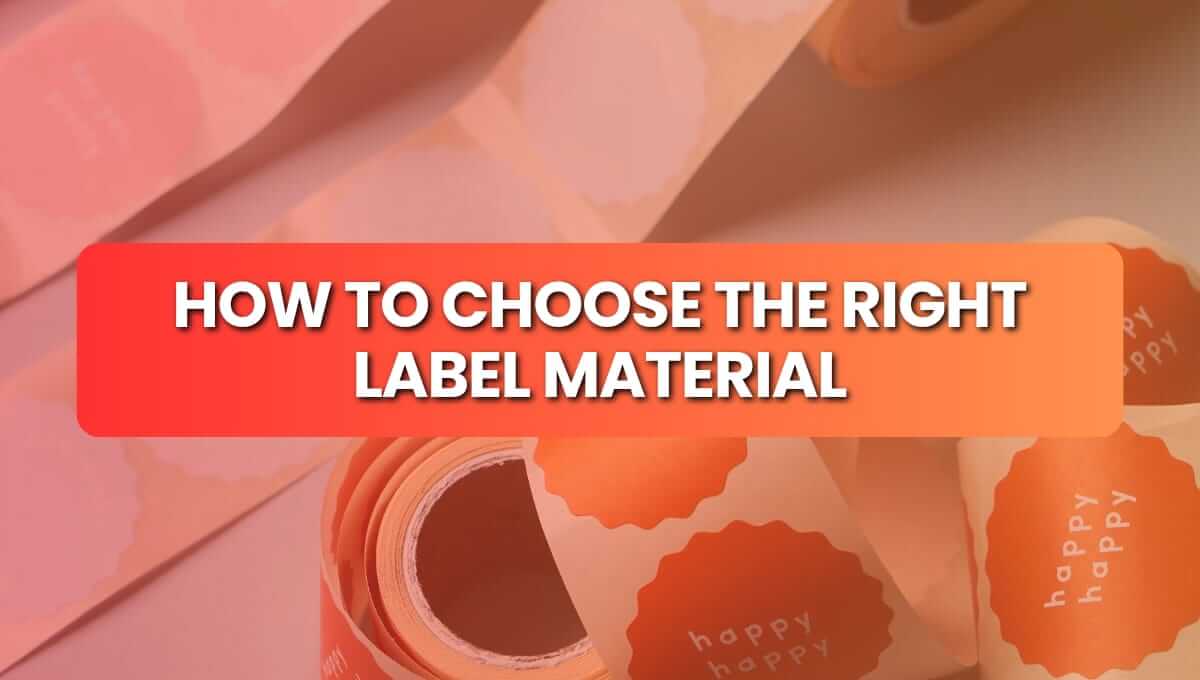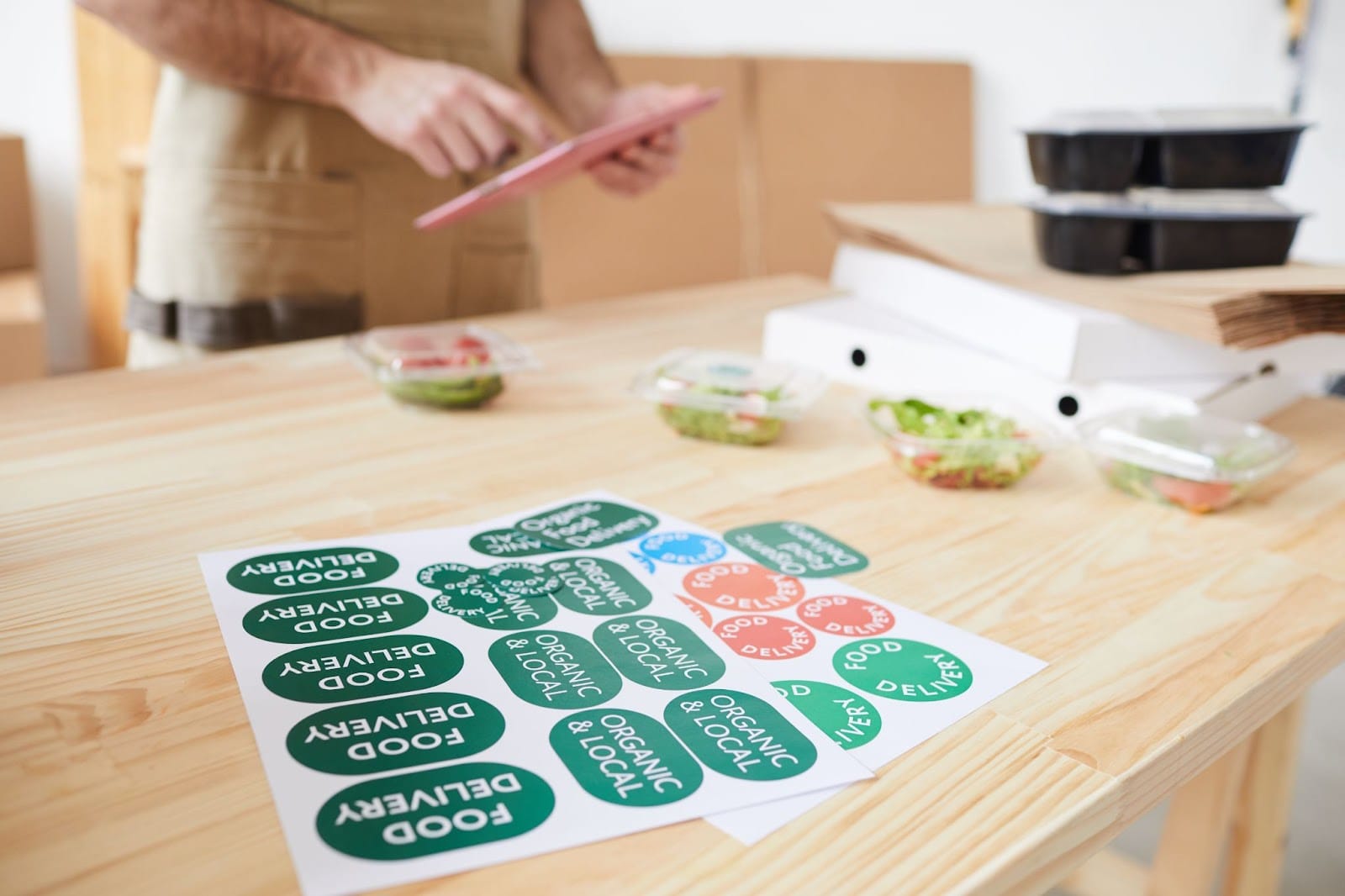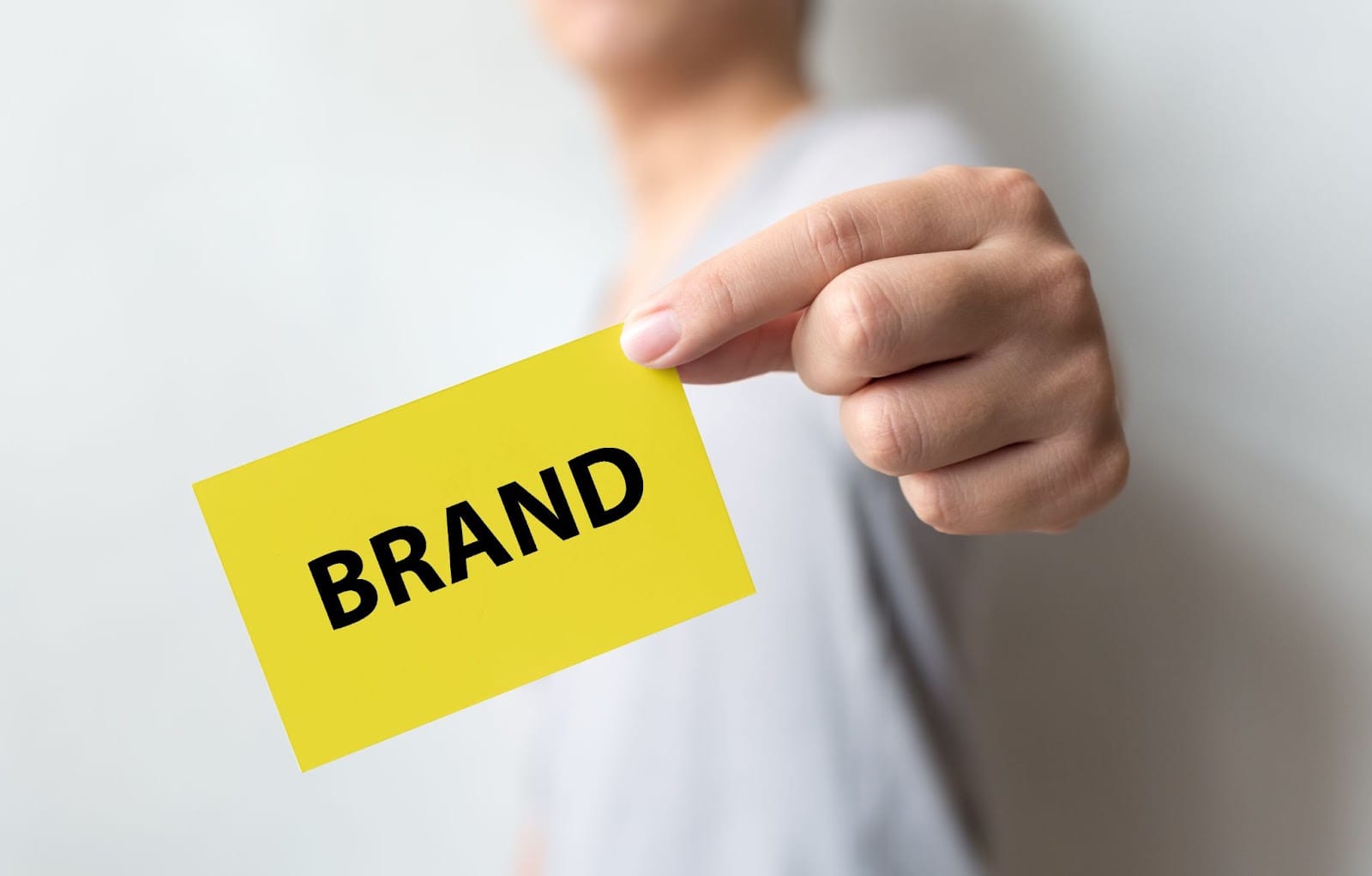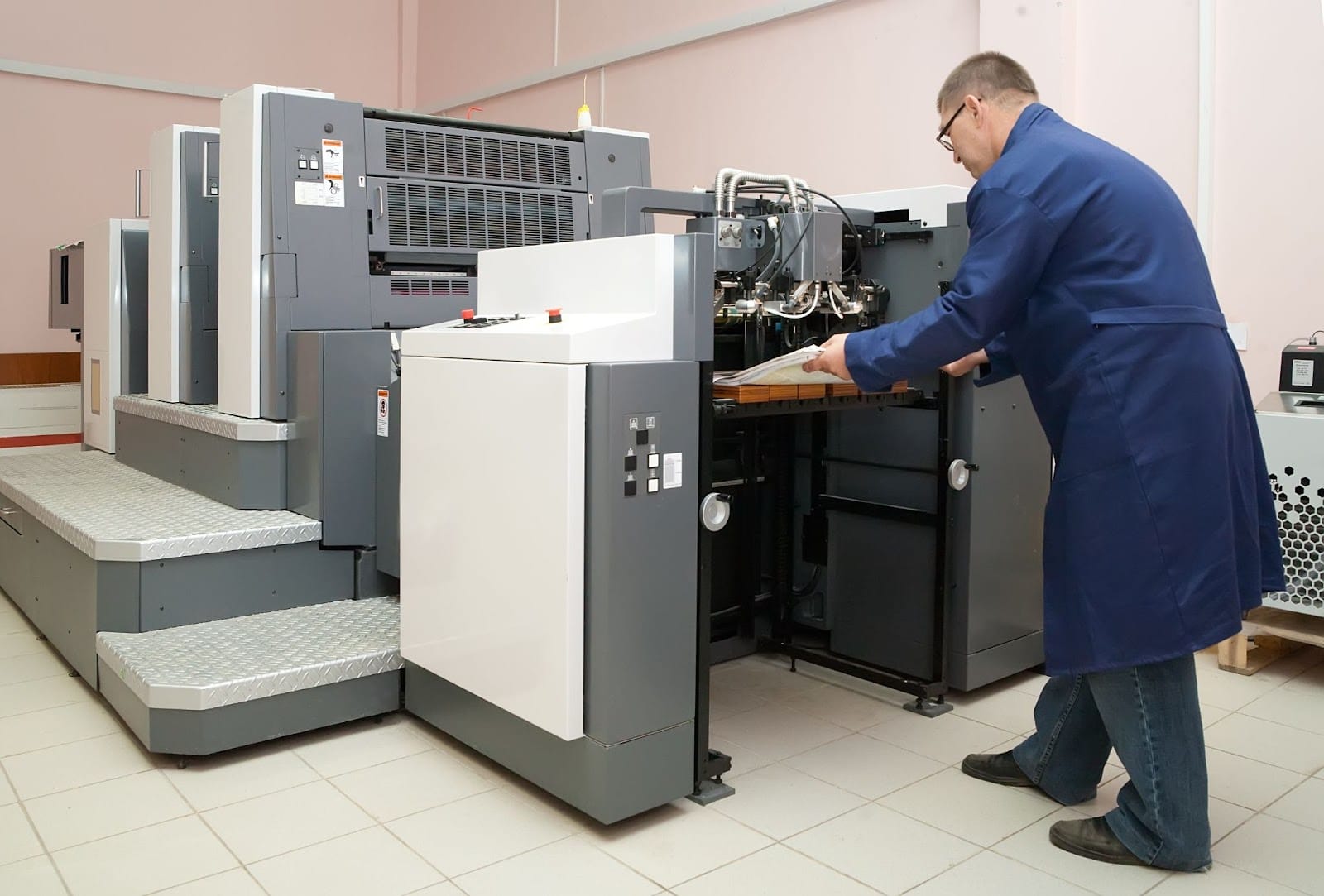How To Choose The Right Label Material

You've made an incredible product that is in huge demand. Everything is going smoothly when you suddenly notice that your product packaging is not standing out. When your product is on the shelf, it's blending with the competitors instead of outshining it.
What's the issue here? Have you made any mistakes during this process?
Packaging is the first point of interaction between customers and products. It's important to focus on functionality along with aesthetic appeal. However, choosing the right label material can be extremely difficult.
But not anymore.
This guide will share a detailed guide on choosing the right label material for your packaging. Let's dive deeper to learn more.
What Are Label Materials?

Label material refers to the substances used to create labels for various products and applications. Every label material has a distinct benefit and is suited for specific applications. Label materials vary in texture, durability, and suitability for particular environments. These include:
- Indoor or outdoor use
- Exposure to moisture
- Chemical resistance
Before choosing the right label material, you must know its different types.
Step-by-step Method To Choose The Right Label Material
Several factors influence the choice of label material. But how do you know if you are focused on the right element?
Here's a step-by-step method for choosing the right label material to eliminate all the confusion and give you a clear competitive edge.

Step 1: Check Environmental Conditions
Labels need to be strong and durable. You know this already. But there's an important point that people often miss.
Labels need to withstand specific environmental conditions.
You need to be certain that your label will not be damaged by environmental conditions. The customer may associate it with the quality of the product, ruining your brand image.
Here's what happens.
The wrong label used → Temperature leads to label damage → Customers become suspicious of product quality → Customer experience is bad → Ruins brand image → Losing customers.
So, when you're choosing the right label, you need to consider:
- Moisture
- Temperature
- Chemical exposure
Some label materials, such as polyester and vinyl, can withstand high temperatures. Their heat-resistant properties make them ideal for industries like automotive or electronics. Do you know why?
It helps maintain clarity and adhesive properties. Some products are exposed to water or humidity for longer durations. These include food packaging and outdoor gear. For these, you need waterproof labels made of vinyl and polypropylene.
But what about industrial products? Is there any label material for such products?
Yes. Polyester and vinyl labels are chemical resistant, so you can use them for products related to chemicals.
Step 2: Assess All The Durability Requirements
You've considered the environmental impact on the label, but is that enough?
No.
You need to look closely at another critical factor, durability. This plays a major role in choosing the right label for your product. First, analyze your product and list all the aspects that should be on the label.
If the product will experience frequent handling or abrasion, then you should choose labels that can withstand physical damage. Often, companies use polyester and vinyl labels because of their strong wear-and-tear properties.
If you're looking for a label that should be clean and sharp even after a long time, then you need a strong scratch-resistant label. Meanwhile, if the product is exposed to sunlight for extended periods, then choose a UV-resistant label.
But why use UV-resistant labels?
Because it will maintain the sharpness and clarity of the label despite harsh sun rays, it's often used for outdoor products such as gardening equipment. These label materials should have a long shelf life and prevent fading.
Pro Tip: Be clear about your product's lifecycle, storage conditions, and branding goals.
Step 3: Check It's Adhesive Compatibility
We are choosing the label material here. So why should you check the adhesive? Is it an important factor?
Yes.
It's as important as the label itself. There is a wide range of label adhesives, each with distinct features. So here's a quick overview to help you understand which adhesive is ideal for different surfaces.
Step 4: Ensure It Has Aesthetic Appeal
No matter how perfect your label material is, all the effort will go in vain if it lacks visual appeal. If the customer isn't looking at the label, the odds of them purchasing your product are very slim. You should be clear about the look you want to achieve for your label, whether it is:
- Glossy: Extremely eye-catching
- Matte: Sophisticated with a unique appearance
- Textured: Use tactile elements
Think about your target audience and what will appeal to them. Another common mistake people make when choosing label material is using an incompatible printer. You should ensure that the material works well with the printing method. It could be:
- Digital printing
- Screen printing
- Thermal printing
Step 5: Branding

The label is supposed to tell the story of your brand, so ensure you're using the right colours and materials. But how can the label align with your brand identity?
Let's understand it with an example.
Suppose you're running a sustainability brand. Instead of traditional label choices, you should use eco-friendly paper. It's a great way to attract eco-conscious consumers and inform them about your sustainability efforts.
Step 6: Application Method

Do you know that the application method of label material is also crucial? But why?
Let's understand it.
There are two major application methods.
- Hand applied labels
- Machine applied labels
Hand-applied labels are easy to handle. You can apply them without using big machines. Materials such as paper or fabric are ideal for this.
But if you're doing the labelling process at a high volume, then machine-applied labels are needed. Check the compatibility of the automated labellers and machines to avoid any issues. Polypropylene and polyester are often used because of their rigidity and consistency.
Step 7: Sustainability Goals
A huge majority of customers are now becoming conscious of their purchases. In attempts to reduce their carbon footprint, they prefer products that incorporate sustainable practices.
You should check out our detailed guide on Innovative Packaging Solutions to learn more about how to attract eco-conscious customers.
Tips For Making The Right Label Material Choice

Now that you know the exact strategy for choosing label material, let's discuss it further. Because these are not enough, you need to put in extra effort. So here are some extra tips from our expert label makers to make this choice easier.
- Go beyond basic testing by exposing your labels to extreme heat, cold, or chemicals.
- Ensure the label peels off cleanly if the product encourages reuse.
- Request samples to test materials.
- Choose suppliers with consistent quality, wide material options, and industry certifications.
Ending Thoughts
Several label materials are available in the market. Carefully assessing all the pros and cons will play a crucial role in making the right packaging decision. We have provided all the common aspects you should consider when choosing the right label.
Finding the ideal label material can be extremely difficult. That's why you need to connect with expert suppliers and label makers. Choosing the right label can skyrocket your brand growth. However, if you pick the wrong label or material, your business can suffer extreme consequences.
So what should you do? Is there any method to fix this?
Yes. At Altro Labels, we have helped several businesses make the right label and packaging choices. These choices elevate their brand image and contribute to increasing customer engagement.
So, reach out to our team of experts today.
